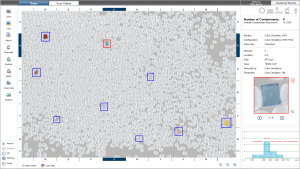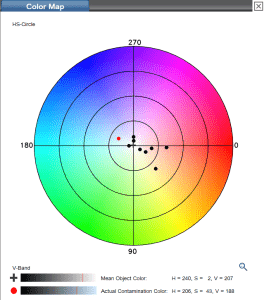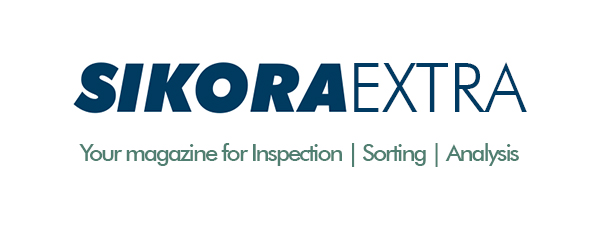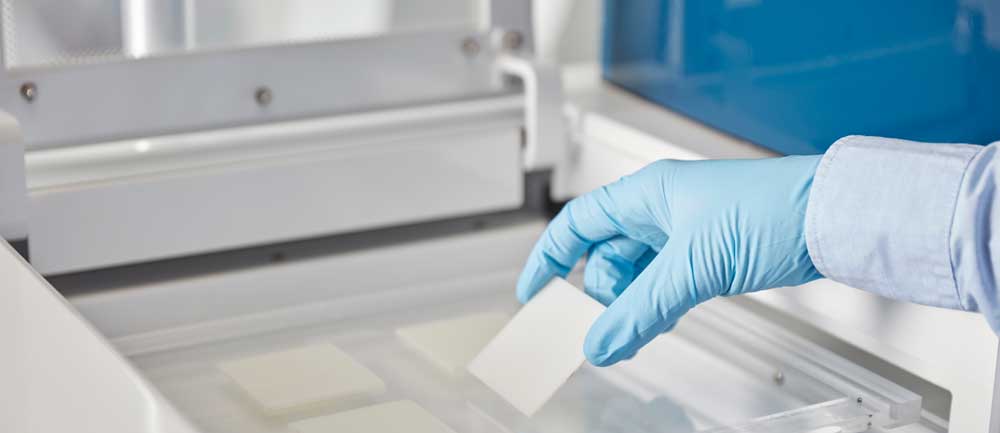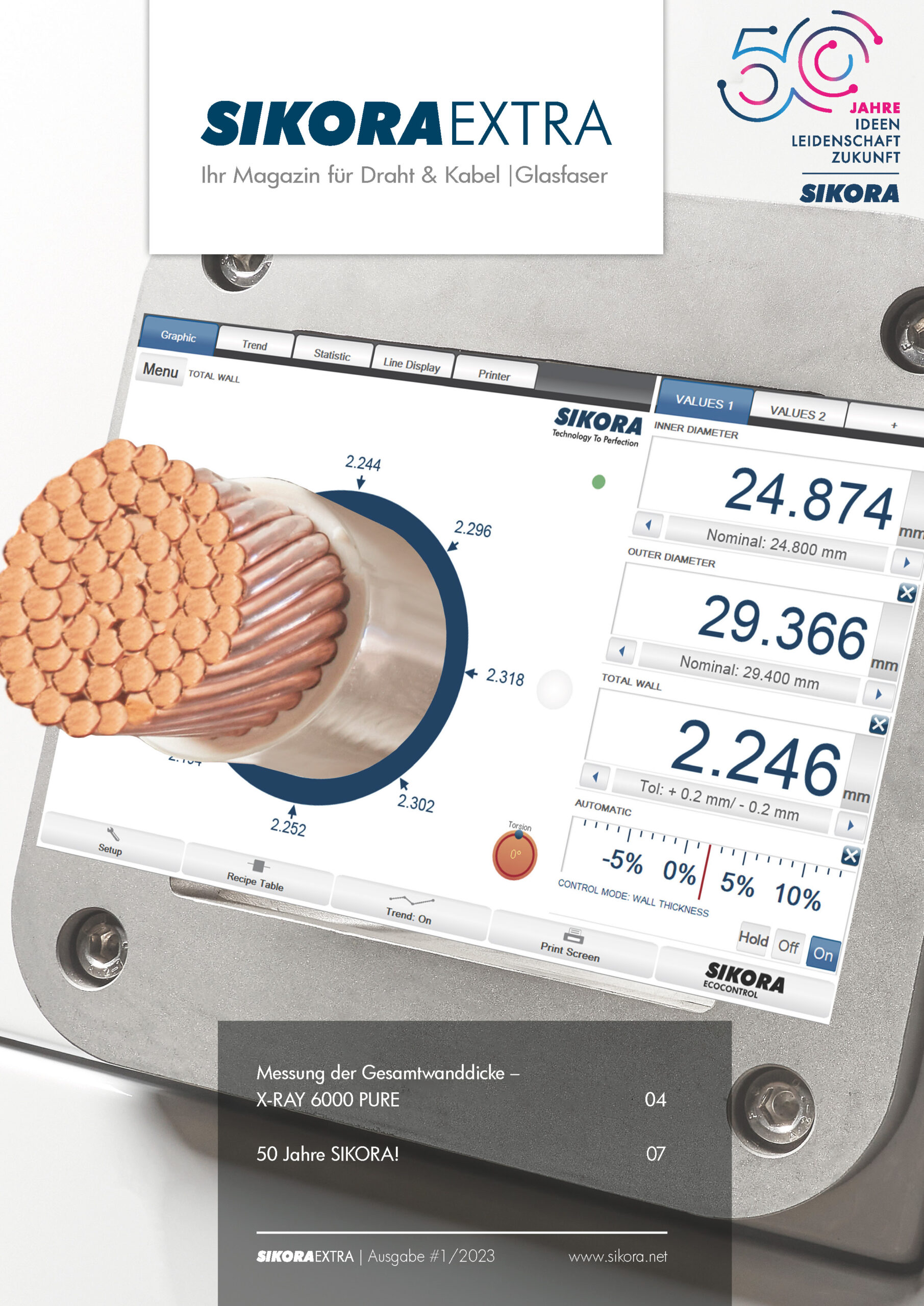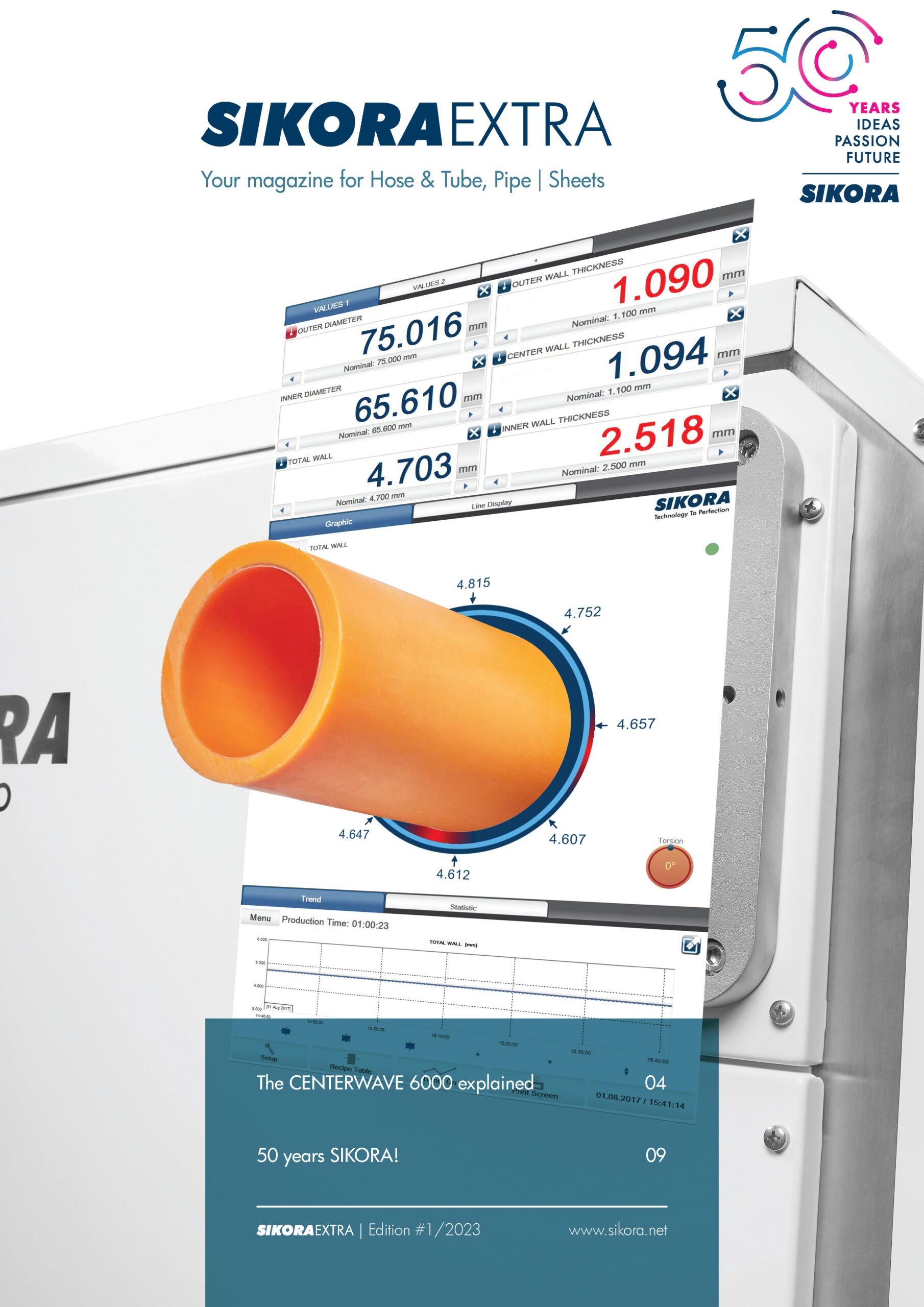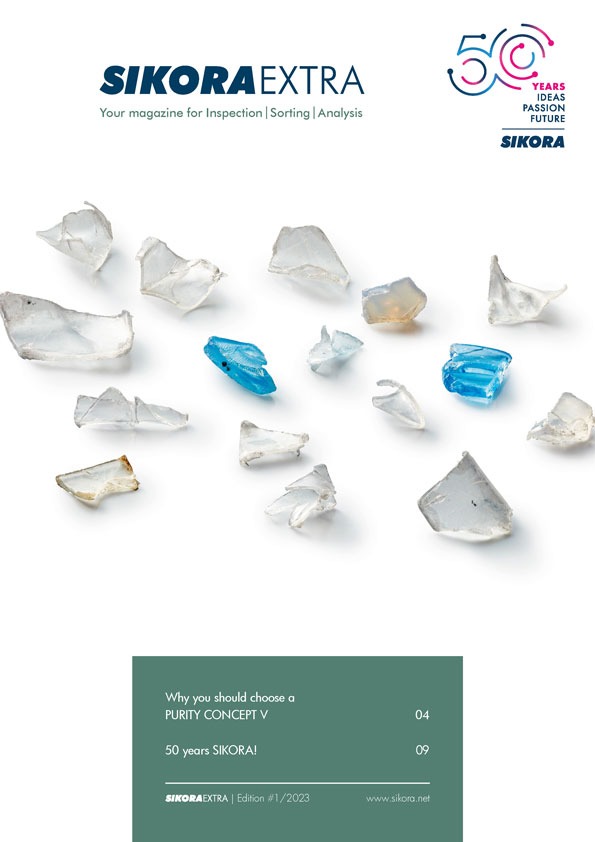Offline inspection and analysis with the PURITY CONCEPT V
Whether black specks, color deviations or cross contamination – SIKORA’s PURITY CONCEPT V impresses with its versatile analysis options. In addition, the enhanced color detection and evaluation feature now offers customers new useful evaluation options.
The SIKORA PURITY CONCEPT V is used as a laboratory testing device for quality assurance, e.g. in the incoming goods inspection or for material release before delivery to the customer. The test material is placed on a sample tray and automatically guided through the inspection area. Within a few seconds, a line-scan color camera inspects the material so that impurities from 50 µm are automatically detected and analyzed.
The system detects typical impurities such as:
- Black specks
- White spots
- Color contamination
- Discolorations (e.g. yellowish, greyish)
- Cross contamination
With the aid of the PURITY LAB PRO software developed in-house, the detected contaminants are visualized on a monitor image. In parallel, they are also color-marked on the sample tray by laser projector, which simplifies identification and removal of the material. The functionality of the software has now been extended for all applications to include a package for color detection and evaluation. Thus, color deviations are now evaluated both from whole pellets and from small burns or defects. In addition, the mean value of the color of the examined material is determined and output.
The color circle in particular is a practical analysis tool for users to specifically evaluate the color deviations that occur. It shows at a glance which color deviations occur and which color value, for example, the contamination currently selected on the monitor image has. In addition, the mean value of the color of the examined material is determined, which enables, for example, a color comparison with other batches. The user has the option at any time to dynamically change the threshold values for the good and bad areas during detection and thus adapt them to his particular requirements. The information obtained in this way helps the user to better understand the impurities that occur and to draw conclusions about possible causes of the impurities.
